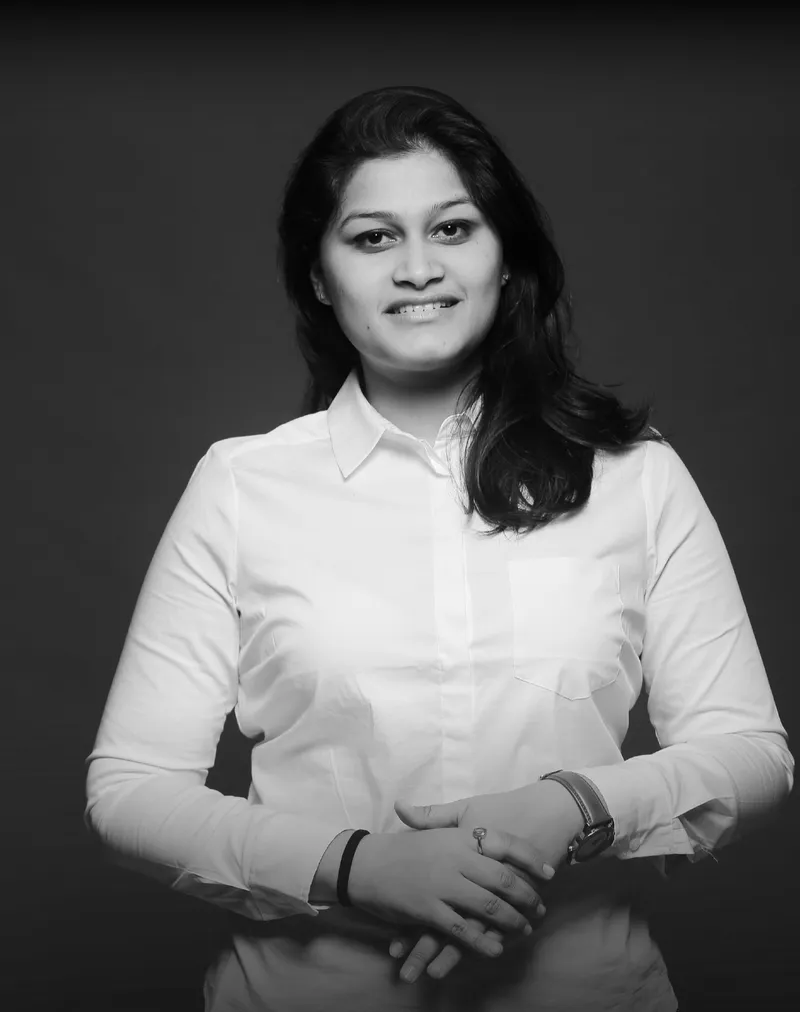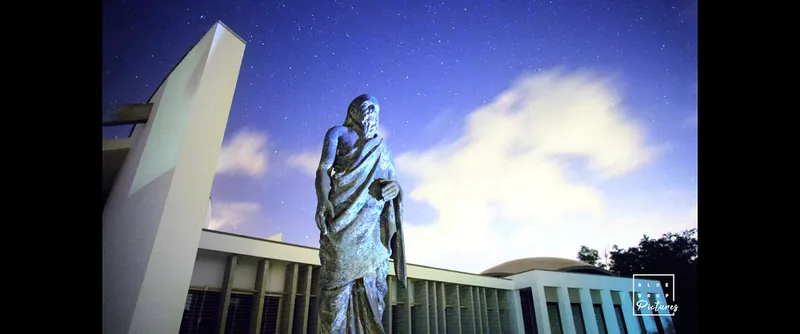Meet Saumya Srivastava, the woman behind experimental art documentary Kolam
YS Life caught up with Saumya Srivastava, the director of Kolam, an experimental art documentary, to know all about her brush with filmmaking and what went into making this unique film.
Cinema has played an integral role in shaping the social and cultural fabric of the country. While Bollywood masala films have been favoured since time immemorial, the audience is gradually developing an appetite for content that is not just meaningful but is also unique. Moreover, with increased proliferation of technology, there has been an evolution in the scale and presentation of films.
One such work of meaningful art with an uncommon presentation is Kolam—an experimental art documentary with a non-verbal narrative—created by Saumya Srivastava.

Saumya Srivastava, director of Kolam, an experimental art documentary
Inspired by the life of Aurovillians, the film weaves a profound narrative on the town. Furthermore, it holds an original score created by contributions from over 20 international artists.
YS Life caught up with director Srivastava to know more about Kolam and her journey with filmmaking.
Edited excerpts from the interview:
YS Life (YSL): Could you give us a little background about yourself? How did you venture into the world of filmmaking?
Saumya Srivastava (SS): I am a film director and co-owner of Delhi-based production house Blue Drop Pictures. As students, we were exposed to all sides of communication design and it is there that I found my love for filmmaking, more so the art of visual storytelling. That’s how I began my journey in films.
YSL: What was the motivation behind making Kolam?
SS: Kolam is a very dear project to us—it was not only our first film, but also the first under the banner Bluedrop. Auroville was introduced to me by Seshadri, our executive producer, who also shot the film and is my partner at Bluedrop.
While we were looking to create a film on this beautiful and intriguing township, we were certain it needed a lens that was as unique as its purpose. That’s when we decided to create a film in a format that was never executed in the documentary segment in India.

Personally, I was moved by Reggio’s (an American director of experimental documentary films) work and his style of narrative with The Qatsi Trilogy; so we took inspiration from him and made India’s first non-verbal experimental art documentary.
YSL: Kolam is being called India’s first experimental art documentary with a non-verbal narrative. What exactly does this mean? How is it different from the rest?
SS: Usually, a documentary holds a story that is driven by a narrator or the subjects in the frame. It tells a story or an episode that is relevant to the time. With Kolam, I wanted to make a timeless piece and was certain that a place as rooted as Auroville needed to be experienced first. With this thought, we began our journey in Auroville and ensured we captured the raw movements of people, without hindering anybody’s routine.
Each shot was taken only once. Since we had stayed in and studied the city and the residents in detail before production, my camera team was always ready to capture the right moments.

A still from Kolam
What sets the film apart is its treatment as a whole. In a time where people want the content to only entertain, Kolam is a work of patience. With no dialogue or interviews, this one just has organic visuals and a strong background score, which takes the viewer on a journey to a place they may or may not have been to.
It’s an experimental art film, as we wanted to capture the true essence of the space without anyone actually saying it. If you watch the film, you will be immersed in the Auroville experience.
YSL: Do you believe filmmaking as a craft has undergone an evolution today, particularly in the Indian landscape?
SS: Oh, absolutely. I do believe a mix of technology and an explosion in exposure to different stories from around the world has accelerated receptivity at scale. Indian cinema has changed a lot over the years and it really excites us to see the new-age content that is more graphically advanced with superior production capabilities.
During the production of Kolam, I remember it used to take us hours to film a simple time-lapse. Now, you can just whip up a phone and post it across. A decade ago, I don’t think we would have received the kind of response and acceptance to the film that we have got now. In fact, the audience today is far more receptive to production quality and film styles, which makes it even more exciting for us to push ourselves to make better content.
YSL: The original score has been created by contributions from over 20 international artists. How important was this aspect? How did you get in touch with them?
SS: The music of the film was the most important aspect for us. It took us almost two-and-a-half years to just get the music right. We collaborated with residents and 20-plus multinational artists to compose a score that resonated with the city, its vibe, and its culture.
Being a non-verbal documentary, music was the key element, as it bound the visuals to our objective and created the multiple layers of the narrative. We worked closely with Aurelio, who is the mentor at SVARAM – Musical Instruments and Research centre at Auroville. We were able to engage, explore and experience new innovations and rhythms with his team and other artists, who largely contributed bits for us to compose our tracks for the film.
YSL: How long did it take you to make the film?
SS: It took us six years to complete the film from ideation to launch. Of course, a year-and-a-half was lost due to COVID. But we still managed to keep our spirits up and launch the film in 2022, at the 17th Mumbai International Film Festival.
YSL: What has the response been? Is there something that you would like to particularly share?
SS: To be honest, it’s been a mixed bag. Being an experimental art film, we were not expecting many to get a hang of it at the get-go. Yet the acceptance of the film on platforms like the Chicago South Asian Film Festival, Dadasaheb International Film Festival, Nepal International Film Festival, Indian Panorama International Film Festival, NIFFF, PSFF, Diorama International Film Festival, and many more has been surprising.
When the film screens, I usually move toward the back of the theatre just to see people and observe their response. It really makes me happy to see how immersed they are, with the story resonating even after it ends. For some time, they are in that zone, which personally is a sign of success for my entire team. With each screening, we get closer to achieving our objective of creating visually immersive media.
YSL: Is there anything else in the pipeline that we must look forward to?
SS: Yes, we are working on a couple of scripts. Most of them are fiction catering to a wider audience. One of our projects is already on the floors and should be out by the end of this year.
It’s almost been eight years of absolute joy and testing of higher limits to exploring creativity and raising the bar of producing quality content each time. This is just the start and we only hope to do better.
Edited by Swetha Kannan







